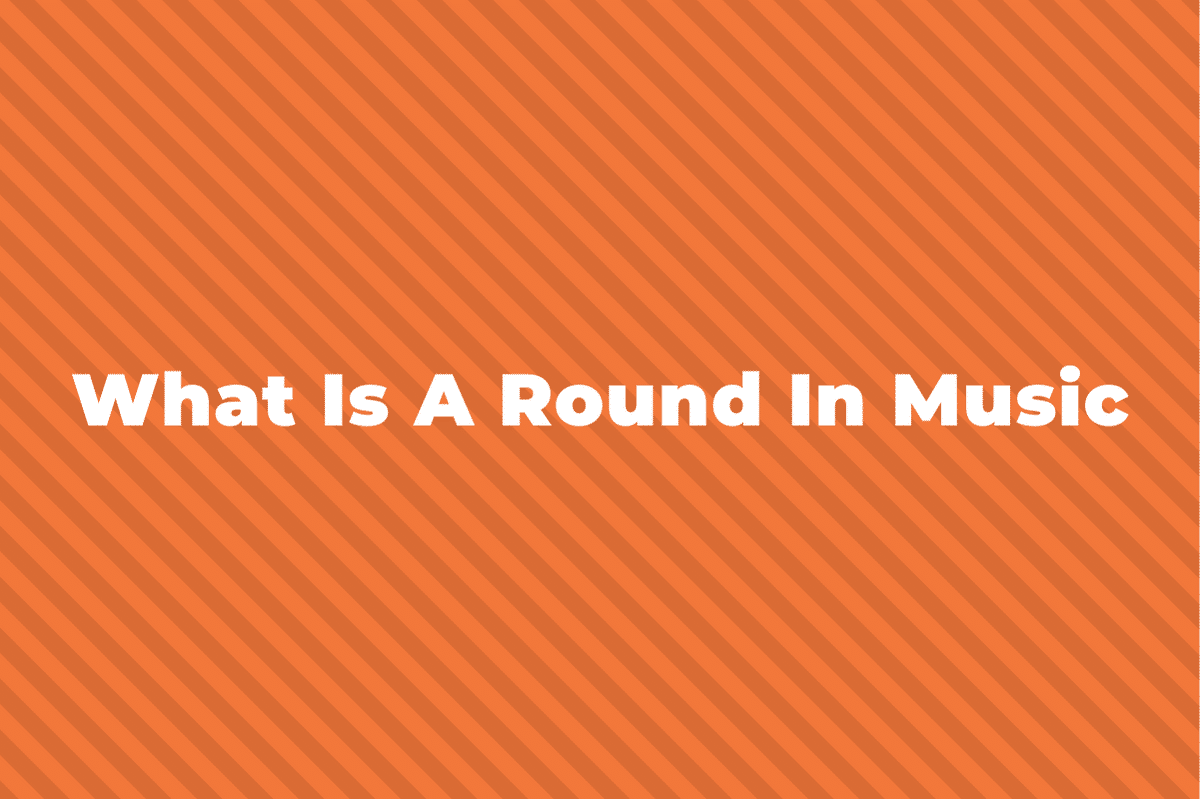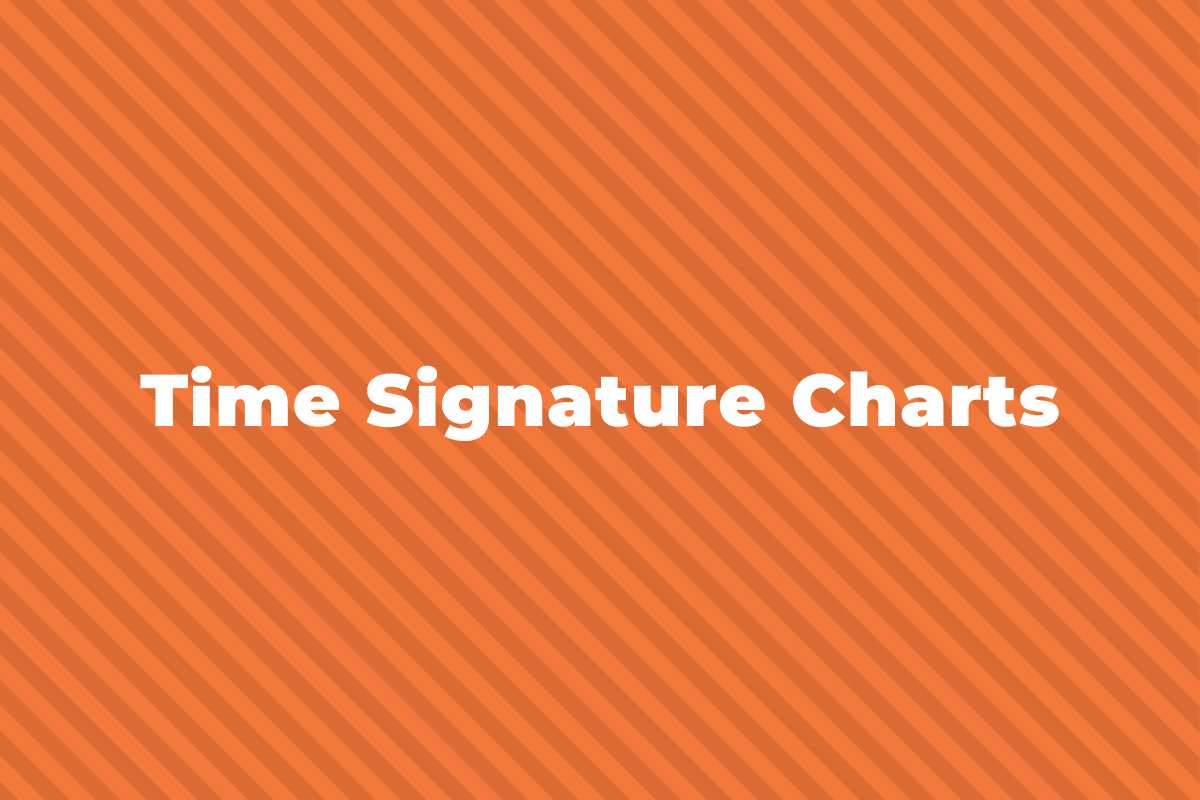In music, chords are the basic building blocks of almost every song. They are so ubiquitous that most musical analysis is just labeling and listing the chords of a piece and figuring out how they work together. There are also many different types of chords, like major and minor, diminished and augmented, etc.
This post will go through everything there is to know about Extended Chords. To do this, we need first to recap what a chord is.
What is a Chord?
In music, notes can be played one right after another, which is what we think of as melody.
A chord, on the other hand, is when multiple notes are played at the same time, and they are the basis of harmony in music.

Chords can have any number of notes in them, but the common ones have either:
- Two notes – Called intervals (or dyads)
- Three notes – Called triads
- Four notes – Called tetrads
Most triads and tetrads are built by stacking intervals of a 3rd one on top of the other.
These types of chords are called tertian chords because all of the intervals between each successive note is a 3rd.
Therefore, we can use the scale degrees to number the notes of a chord.
Take C major scale, for example:

We can label all of the notes by their position in the scale. So, a 3rd interval skips from one number to two numbers to the right (or left).
So, a C Maj chord is built from C – E – G, the I, III, and V (skipping the II and the IV).
A CMaj7 scale uses the I, III, V, and VII (C, E, G, B).
An F chord built from this scale would be F – A – C, the IV, VI, and VIII (or I) scale degrees.
Definition of Extended Chords
An Extended Chord is a tertian chord – meaning it is based on stacking 3rds, like major, minor, and seventh chords.
The difference, however, is that extended chords extend past the seventh note into the next octave.
These extended notes can be in addition to the four notes already used in a seventh chord, creating chords with 5, 6, or 7 notes in them.
However, the extended notes can also be in place of the 5th or the 7th to lower the number of notes needed in a chord.
This is a C Maj scale that is two octaves long rather than just one.

After the first octave (notes 1-8), the second octave keeps counting (9-15) rather than starting over at 1 again.
An extended chord uses these higher numbers and adds the notes that they go with.
Types of Extended Chords
The main three types of extended chords are:
- 9th chords
- 11th chords
- 13th chords

A 9th chord uses the scale degrees I, III, V, VII, and IX, which means a CMaj9 would be played C-E-G-B-D.
An 11th chord would have all of those notes plus the 11th (F in CMaj11).
And a 13th chord, then adds the 13th (A in CMaj13).
Extended Chords Qualities
Just like intervals and chords, extended chords can have different qualities.
The main ones are:
- Major
- Minor
- Dominant
But you can also get augmented chords and diminished chords, but we won’t look at those in this post.
Major Extended Chords
Major extended chords are built from the major scale (also known as the Ionian mode).
They typically would all be built with a major 7th chord (In C, this would be C, E, G, B) with the extended note added above.

Minor Extended Chords
Minor extend chords, on the other hand, are built from the natural minor scale (also known as the Aeolian mode).
These extended chords all start with a minor 7th chord (In C, this would be C, Eb, G, Bb) with the extended note added on top.

Dominant Extended Chords
The last type that we’ll look at is dominant extended chords, which are built from the Mixolydian mode.
This is the same as the major scale but with a flattened 7th note.
These extended chords all start with a dominant 7th chord (In C, this would be C, E, G, Bb) with the extended note added on top.
When writing the chord symbol for dominant extended chords, we just write numbers and no words with them.
For example, C9, C11, and C13 would imply a dominant chord (flattened 7th).

Voicing Extended Chords
With extended chords, because they have so many notes, you can sort of pick and choose which ones you want to use.
Choosing which notes and where to put them is called chord voicing.
For instance, take the CMaj13 chord below.
You can play it with or without the 5th, 9th, and 11th and with the notes in any order.

In an extended chord, the most important notes are the root (I), the 3rd and the 7th (to determine the quality of the chord), and the highest note from the chord, whether that be the 9th, 11th, or 13th.
The other notes – the 5th and the lower notes of the extended parts – are not as important and so can either be added in or left out.
Add chords
There are also chords that are called added tone chords or “add” chords.
These are chords that take a triad (I – III – V) and “add” a note on top.

These chords take the F Maj chord and “add” either a 9, 11, or 13, depending on which extended chord it wants to emulate.
The same can be done with Fmin, labeled Fmin(add9).

Examples of Extended Chords in Music
Extended chords are used a lot in Jazz and Funk music because they add really unique colors and chord progressions when played.
Here’s a song that uses an E9 chord as the tonic, “Play that Funky Music” by Wild Cherry.
Here is the song “Red Clay” by Freddie Hubbard. It has many extended chords in its main progression, which is shown below.
See how many 9 and 11 chords you can find!
Summing Up Extended Chords
Extended Chords seem a lot more complicated than they actually are.
Most times, you hear them when a genius musician is playing really fast Jazz, and everything just sounds like a jumble of notes.
However, all you need to realize is that extended chords “extend” past the main four notes of a regular Seventh chord and sometimes play notes from the 2nd octave of the scale.



